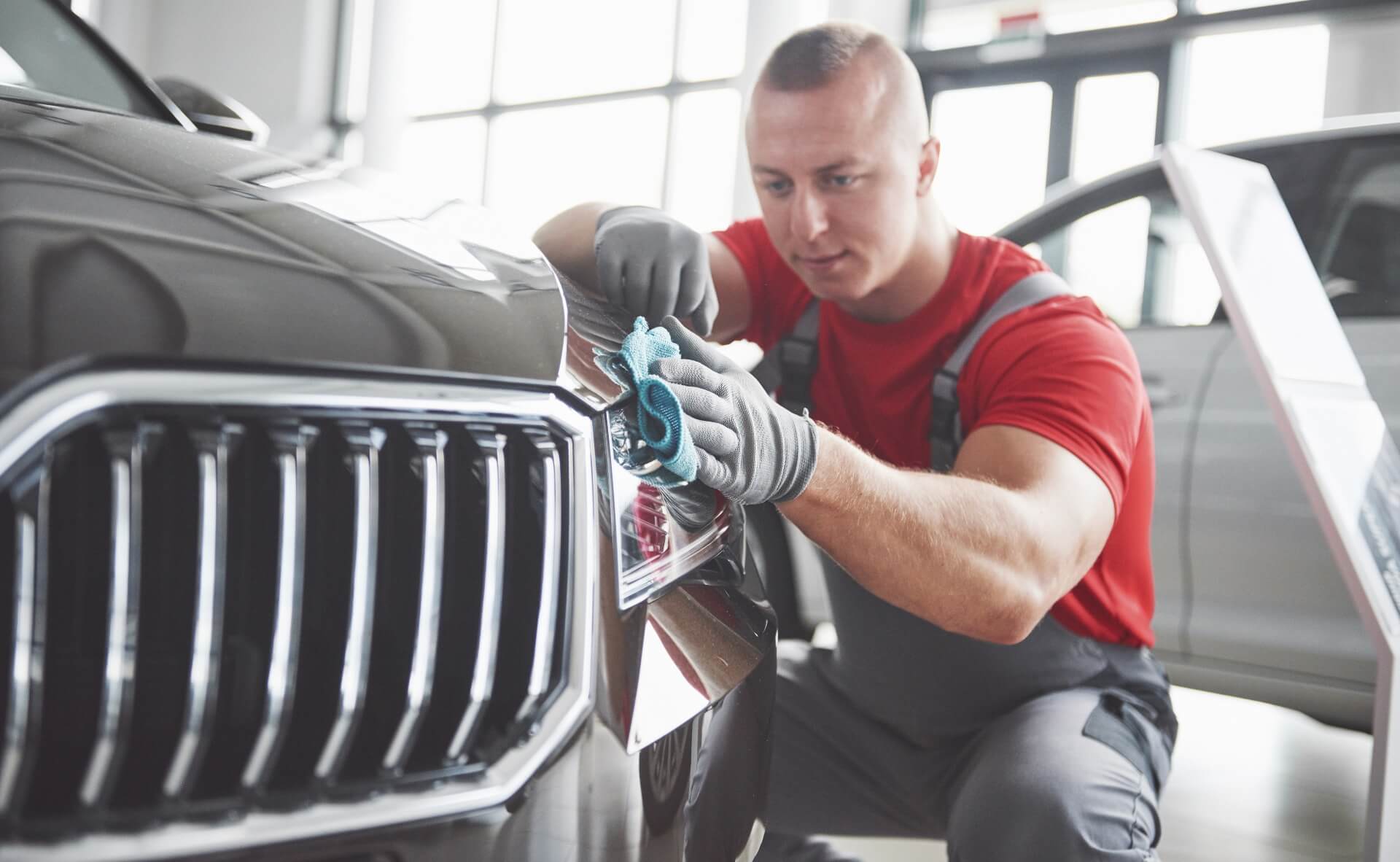Why and how to achieve excellent adhesion in coatings when we specially talk OEM application
Adhesion is a fundamental property that any coating must have. Today with the new trends and different technologies, any coating professional must know how to improve this parameter. Sometimes, little details, like a correct adhesion promoter or a different leveling additive can make the difference between a good and a poor adhesive performance. During the film formation, intermolecular forces and chemical bonds which provide the adhesion, depend on a short approximation range (some few angstrons), so a presence of contaminants on the interface can prejudice the final adhesion. The more a coating engineer or formulator knows about the substrate conditions, the raw-materials properties and the laws regarding the adhesion mechanisms, higher will be the reached performance.
In order to improve the appearance, durability and provide aesthetic value, every substrate must be coated with systems with good adhesion. The adhesion phenomena start during the spray and coating accommodation, when must happen an adequate wetting process. A good wetting is fundamental to guarantee compatibility between the coating and substrate. After the drying or polymerization, the coating must remain coherent and strongly bonded to the respective surface, during all the service life. Among the several kinds of surfaces with special care to provide adhesion, the plastic substrates require important comments, as per example, the kind used in OEM automotive parts.
The plastics usage in OEM applications continues to grow, due to their excellent features regarding flexibility, high-impact and strength. Today in automotive applications, plastics components are approximately 10% of the total vehicle weight, offering ductility, corrosion resistance and increased styling capability. This trend has been influenced, among many reasons, since to classic weight reduction, until to improve the car design, due the infinite molding possibilities. About 40 basic types of plastics are used to produce an automobile today, and while 40% of exterior plastics are molded-in-color and unpainted, automotive manufactures decide to paint in order to improve the aesthetics, the weather durability or the chemical and mechanical resistance. As an example, it is possible to mention the polycarbonate used as lens on car lights. Although the polycarbonate is very resistant, it scratches easily, so it is import to spray a clear coat on this plastic, to improve the scratch resistance. Another good example are the effect colors.
Until now it is not possible to cast the plastic parts with metallic and mica pigments at good color to match the car body. From the several plastic types used by car manufactures, we can mention the main examples and where they are used: PP/EPDM (Polypropylene / Ethylene Propylene Diene Monomer Rubber) in bumpers, ABS (Acrylonitrile Butadiene Styrene) in instrumental panels and grids, PP (polypropylene) in interior door handles and interior door panels, nylon (diamine + dicarboxylic acid) or glass fiber with mineral extender in gas tanks cap and hubcaps, noryl (blends of PPO or Polyphenylene Oxide Resin and Polystyrene) in mud guards and PBT (Polybutylene Terephthalate) + fiber glass or + nylon+fiber glass in exterior door handles.
This adhesion is not easy to reach, because in function of the very low surface energy that the plastics components have. Due to these characteristics, several pretreatment methods are used today to increase this surface energy, providing better adhesion.
Get more insight and boost your expertise in coating adhesion, checkout following experts recommended online trainings:
Get excellent coating adhesion
Advanced Rheology Analysis Methods And Rheometry Tools For Your Formulations Made Easy

